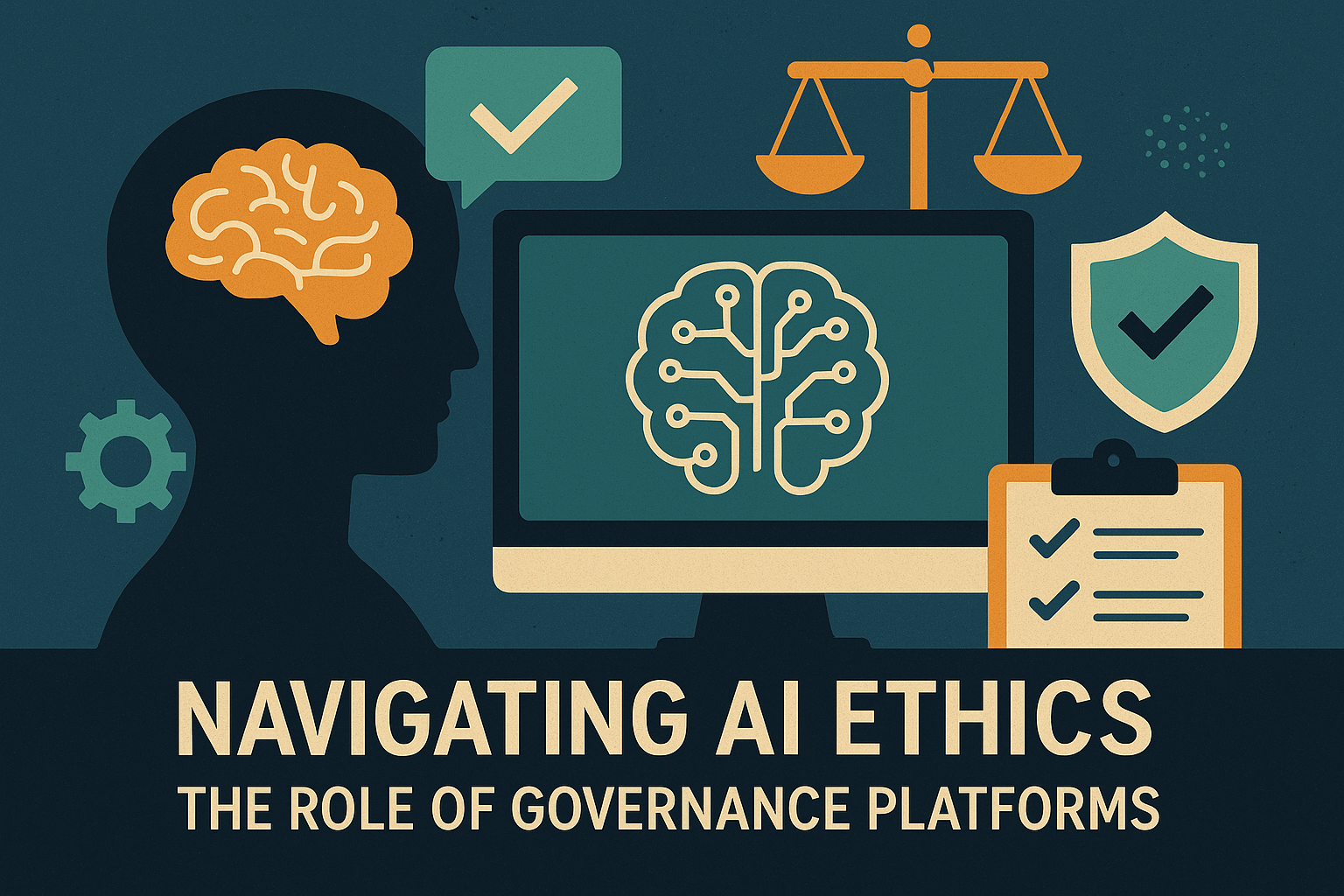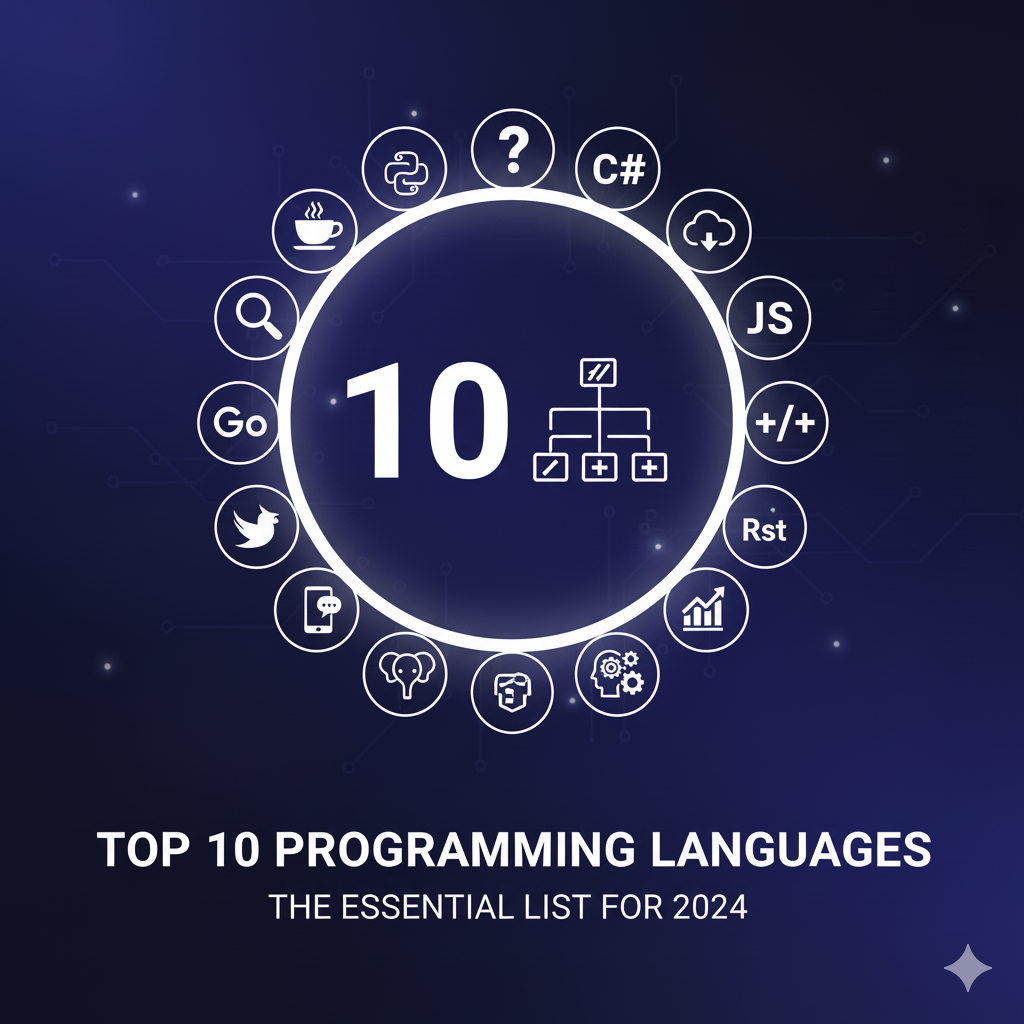Navigating AI Ethics: The Role of Governance Platforms
As artificial intelligence (AI) evolves at a breakneck pace, so do the concerns surrounding its ethical use. From bias in algorithms to surveillance and job displacement, the stakes are high. Governance platforms have emerged as critical tools to ensure AI systems are developed and deployed responsibly, transparently, and fairly.
What Is AI Governance?
AI governance refers to the frameworks, processes, and platforms that monitor, regulate, and guide the ethical use of artificial intelligence. It encompasses everything from setting standards and auditing AI systems to enforcing accountability for harm caused by autonomous systems.
"Ethics without governance is just good intention. Governance without ethics is blind enforcement." — Anonymous
Why AI Ethics Needs Governance Platforms
Ethical guidelines alone aren’t enough. For AI to be trustworthy, we need robust infrastructure that enforces these ethics throughout the lifecycle of AI models.
Challenges in AI Ethics
- Algorithmic bias: Discrimination based on race, gender, or socioeconomic status.
- Lack of transparency: "Black-box" AI systems that are hard to interpret or audit.
- Accountability gaps: No clear entity held responsible when AI causes harm.
- Data misuse: Privacy concerns and unethical data harvesting.
What Governance Platforms Offer
- Monitoring and compliance: Ensure AI models comply with ethical standards and regulations.
- Bias detection: Automatically identify and reduce harmful bias in training data and predictions.
- Audit trails: Maintain logs to trace AI decision-making processes.
- Role-based access control: Limit who can access, modify, or deploy models.
Examples of AI Governance Platforms
| Platform | Focus Area | Notable Features |
|---|---|---|
| IBM Watson OpenScale | Bias detection, explainability | Monitors fairness and accuracy in deployed models |
| Fiddler AI | Explainable AI (XAI) | Model performance monitoring and real-time explanations |
| Cognilytica | AI lifecycle governance | Standardized governance frameworks for organizations |
Best Practices for Implementing AI Governance
Here are some actionable tips to integrate governance platforms into your AI workflow:
- Start early: Bake ethics and governance into the design phase of AI models.
- Cross-functional collaboration: Involve ethicists, engineers, legal experts, and stakeholders.
- Transparent documentation: Use model cards and datasheets to explain how and why your models were built.
- Regular audits: Schedule evaluations of AI systems post-deployment.
Real-World Use Case: Healthcare AI
In healthcare, AI can be lifesaving—but only if it’s used ethically. A hospital using AI for diagnostics integrated a governance platform to:
- Ensure compliance with HIPAA and local data protection laws
- Regularly audit predictions for racial or gender bias
- Provide explainability to patients and medical staff
Result: Improved patient trust and regulatory approval for AI tools.
FAQ: AI Governance and Ethics
What’s the difference between AI ethics and AI governance?
AI ethics focuses on the moral principles guiding AI, while AI governance refers to the tools and systems enforcing those principles.
Can small organizations implement governance platforms?
Yes. Open-source and scalable platforms like MLflow and AIF360 make governance accessible to startups and researchers alike.
Are governance platforms legally required?
Not yet globally, but regions like the EU are advancing regulations (like the EU AI Act) that will make governance mandatory in high-risk applications.
Looking Ahead
Governance platforms are no longer optional—they’re essential. As AI becomes more powerful, our responsibility to wield it ethically must grow too. By integrating governance platforms into the heart of AI development, we ensure not only compliance but trust, fairness, and societal good.
Want to dive deeper into building ethical AI systems? Stay tuned for our upcoming guide on setting up open-source AI governance workflows.


